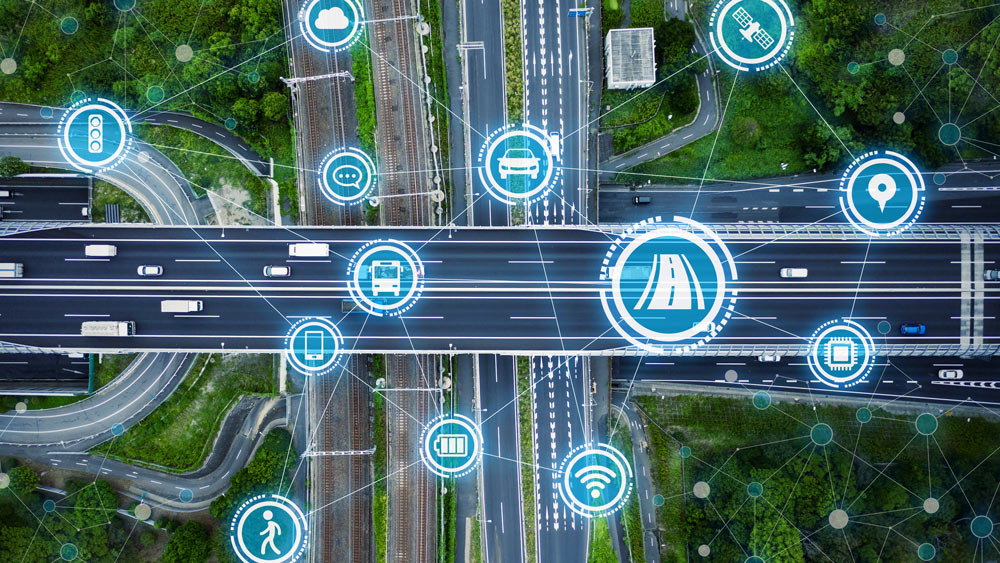
Infrastructure is the backbone of society.
To better understand each segment of it – such as energy, water, telecommunications and transportation – engineers and governments must understand all of it. Like a tangled web, each sector is heavily influenced and affected by changes in others.
“For example, say we need energy resources to produce water infrastructure but we also need water infrastructure to produce energy. They are both dependent on each other and you can’t have one without the other, so if you benefit the water sector you also benefit the energy sector,” said Venancio Mendez Levy, a senior in the Zachry Department of Civil and Environmental Engineering at Texas A&M University.
As part of the Texas A&M Grand Challenge Scholars Program (GCSP), Mendez Levy is developing a way to quantify and model the interconnectivity of infrastructure systems in order to map and analyze the intricate relationships between each. In doing so, he is creating an integral tool for state and national entities to use to decide how best to invest in infrastructure and improve infrastructural resilience to natural disasters, such as wildfires and hurricanes. Mendez Levy conducted this research under the guidance of Alireza Talebpour, an assistant professor in the department.
“At the end of the day, countries that have better infrastructure systems have better economies and commercial frontiers,” he said. “So, we are trying to generate a computational model that any state organization can use to run the numbers to decide whether to invest in this sector rather than another one to achieve the most overall benefit.”
This is particularly critical for budgeting.
Like a company preparing for their fiscal year and dividing up available funding across their key departments, governing bodies have to carefully plan how to use their limited resources to fund their infrastructure. Whether it is a city governance wanting to fix roads or national legislation to support a new method of clean energy, finding the best budgeting strategy is as imperative as it is difficult.
Mendez Levy’s computational model would give such entities a visualization of how their investments directly affect each sector of infrastructure and those related to it. This would not only give authorities a better understanding of how state and national infrastructure systems work together, but also provide them with unbiased data about their funding options.
Additionally, a better understanding of infrastructure systems and how they are interconnected could lead to a new way to improve infrastructural resilience to natural disasters. But interconnectivity is a double-edged sword. When one sector benefits, others are also inadvertently boosted. However, it also means that when one sector is damaged by a natural disaster it damages all other related sectors as well.
As Mendez Levy explained, based on data pulled from past natural disasters, his model and research have the potential to identify what sector is being most negatively affected and disconnect it from the rest of the infrastructure network until post-catastrophe. By mapping the system and highlighting where damaged segments can be shut down temporarily, his research could therefore save a government money and resources that could be allocated to another branch of infrastructure that would balance and bolster those in peril. This shows how important programs such as the Texas A&M GCSP are.
“Undergraduate research at Texas A&M allows students to expand their frontiers and knowledge so that they can answer problems the world is dealing with right now,” he said. “I am doing a little bit and trying to give what I can. By investing in the research, I am investing in myself.”